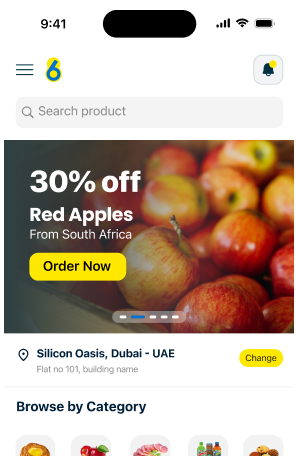Keep Your Restaurant Inventory Under Control
The core of every successful restaurant lies within two things; menu and service. A good service keeps the customers happy and a good menu keeps them coming back for more.
A good menu has the customer’s needs in mind and never disappoints by not having an item or ingredient available. The key to achieving this is by Restaurant inventory management, more specifically, your food inventory.
What is Restaurant Inventory Management?
Inventory refers to any items that are used for your business. Keeping track of an inventory means that you know exactly how much of an item is in stock and when you need to order new stock. When it comes to Restaurant inventory control, the inventory includes perishable goods, non-perishable goods, spices, alcohol, cooking equipment, linens, worker uniforms etc…
One brilliant way to do so is by crafting brunch dishes with ingredients you already procure or make in/for your other shifts. This method will allow you to blend your signature cuisine into a brunch menu with the added benefit of cutting supply costs! Try to use unique in-house items to elevate well-known brunch dishes. For example, use the pastrami you use in dinner service for an upgraded omelet or your homemade kimchi for croissant sandwiches, the options are endless.
How to conduct a successful inventory?
A good inventory helps you cut down on waste, keep everything in stock and get an idea of what dishes are popular among your customers, however before we discuss how to conduct an inventory, here are some restaurant inventory terms you need to know:
FEFO: First expired, first out
Food waste sheet: It is a paper or file that documents the food and the amount that was discarded due to quality, taste, smell or expiration…etc.
Menu Engineering:0 It is a method used to determine whether the items are overpriced or underpriced, the amount of ingredients that needs to be used, etc…
Here are few tools and methods to help you keep your inventory checks running smoothly.
Vendor Management
Keeping track of the vendors that you deal with and what products you buy from them along with their purchasing frequency helps cut over-ordering or ordering the same product from two vendors. It also helps you compare prices and get a grasp on the quality of each product, thus cutting costs and increasing profits. If this sounds like a lot of paperwork and time, you can check out some apps and online platforms that will help you automate away from the manual hassle.
FEFO inventory method
Cut down the waste caused by expired food and keep your kitchen as sanitary as possible with the FEFO technique. It helps you make sure your guests get the freshest food possible and keep your profit margins up.
Keep a food waste log
A food waste log is key when creating a food waste sheet, this helps you know how much food you are wasting and why, allowing you order more judiciously in the future and giving you a better idea what items are popular and what items aren’t.
Check your POS system
Most POS systems keep track of exactly how much of every menu item is ordered on a daily, weekly or monthly basis. This will help you keep an eye on the popular and least popular items on your menu, streamlining your kitchen prep and giving you a good idea of the product quantities you need to order.
Invest in an Inventory Management Software
If staying on top of your inventory sounds like a lot of time, effort, and paperwork, finding an inventory management software that works for your kitchen needs eases the burden off your shoulders and helps you keep everything in one place!
Increase your profit with less
work through eighty6
Need more info? Contact us






